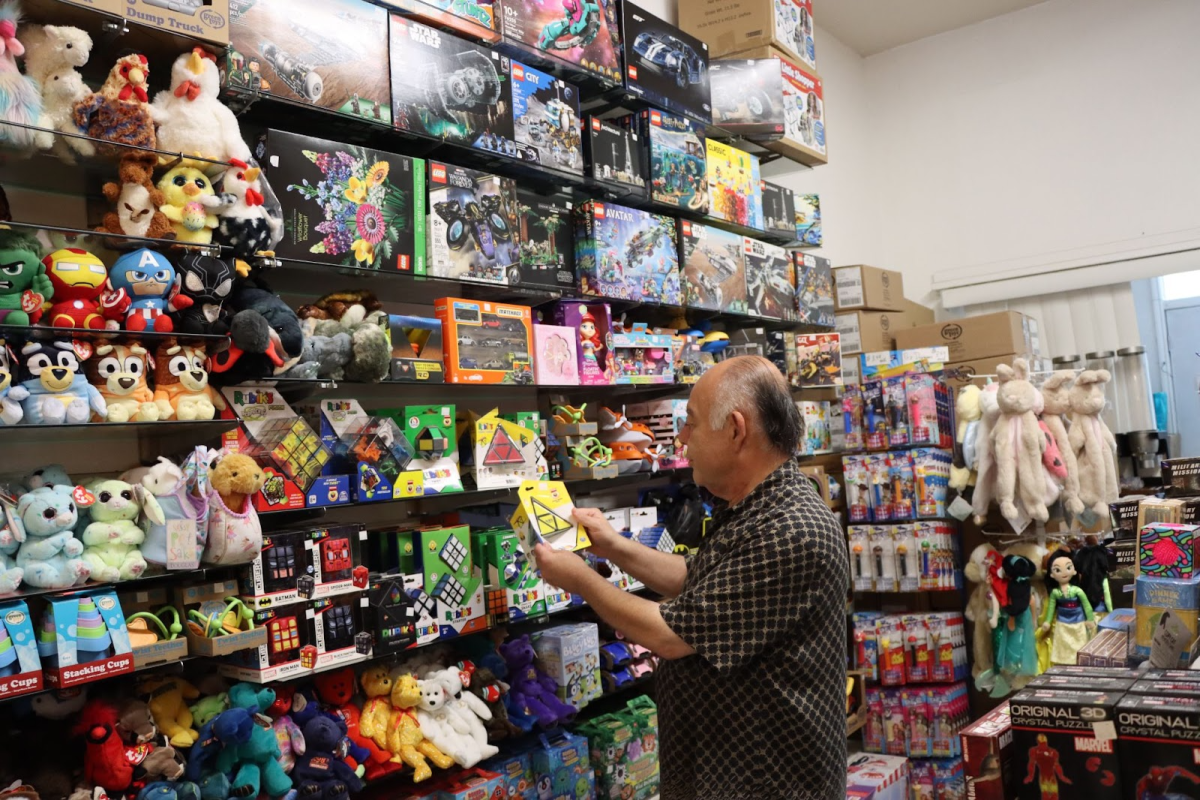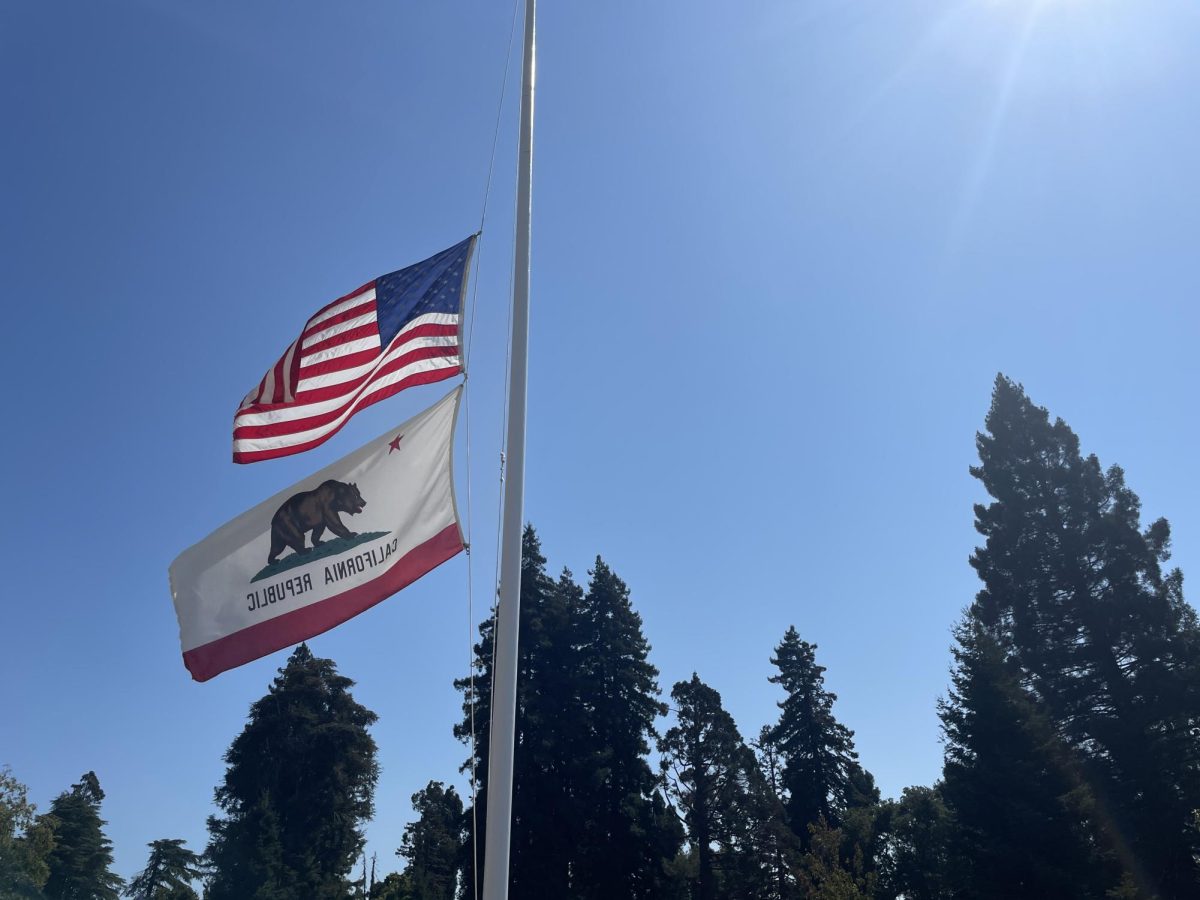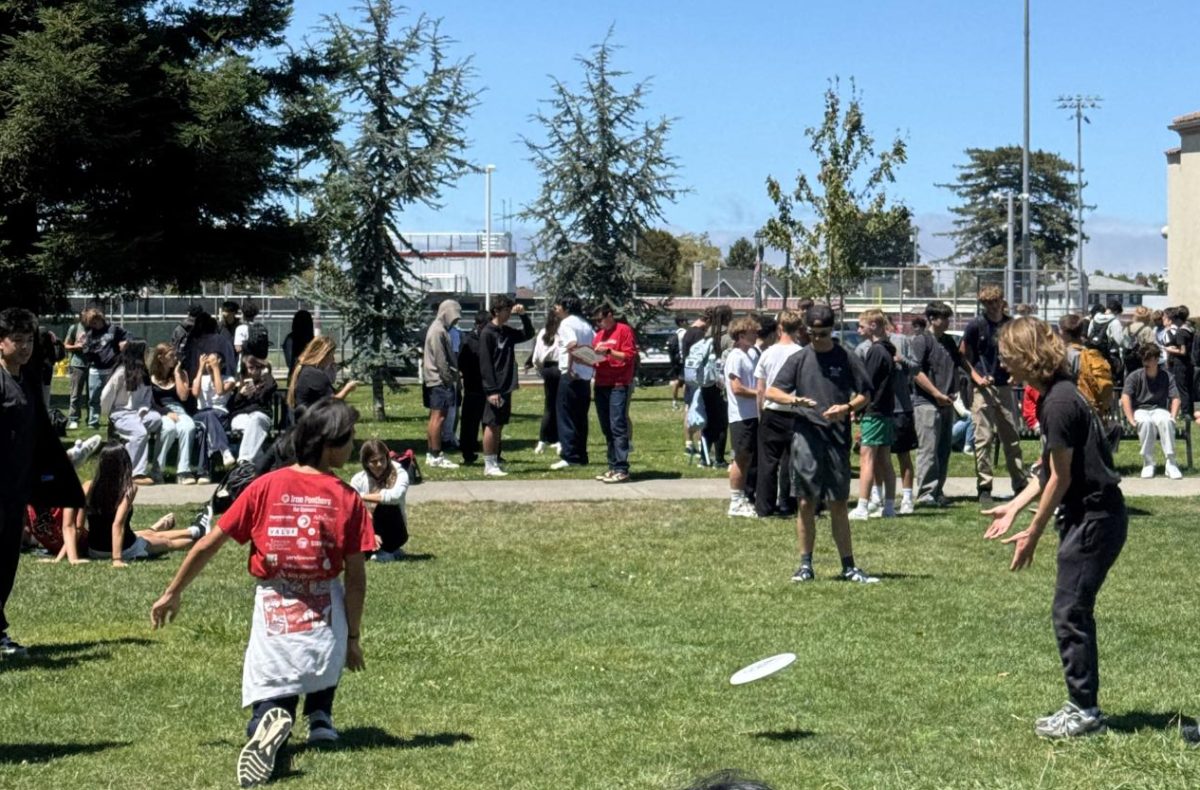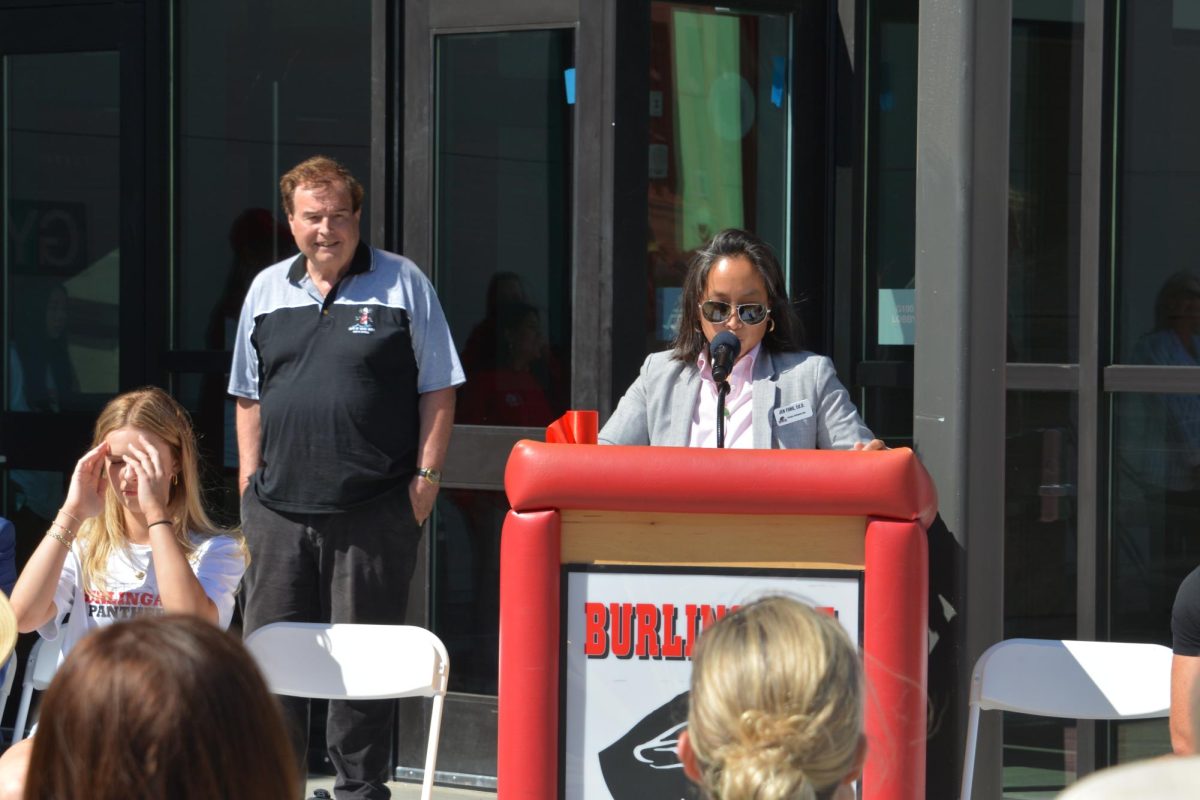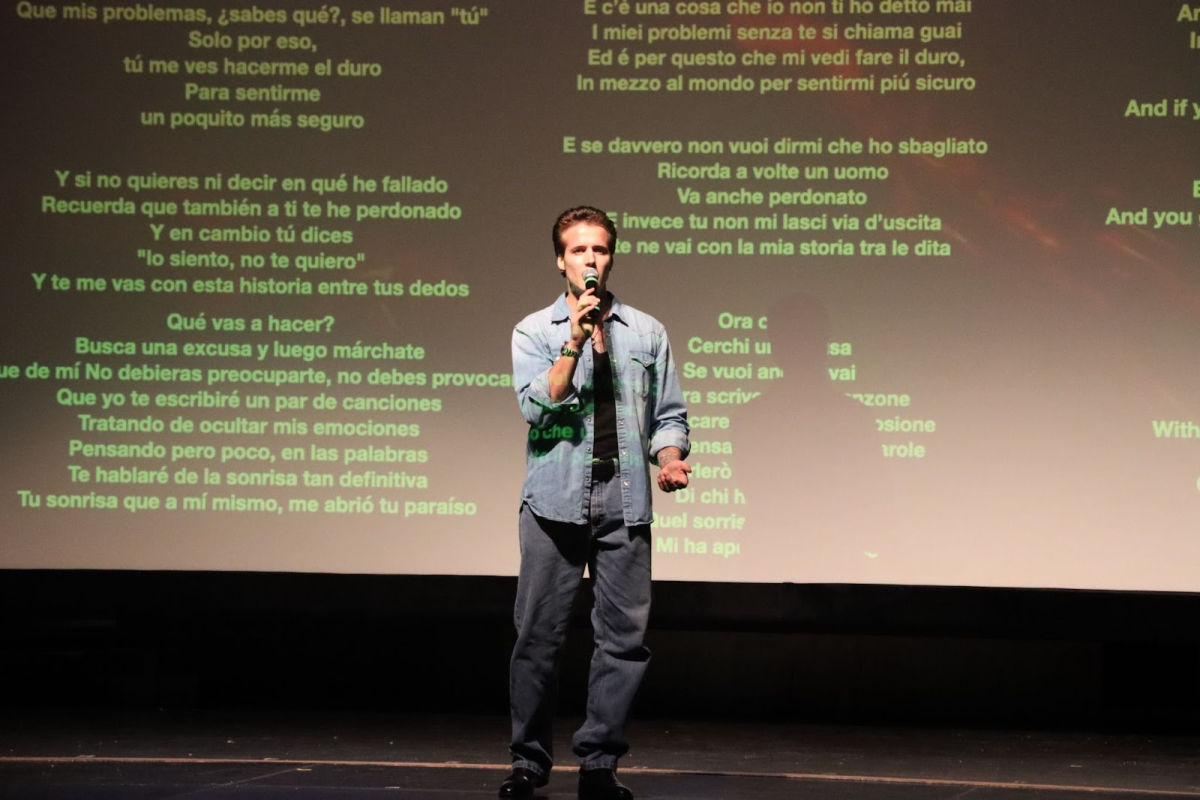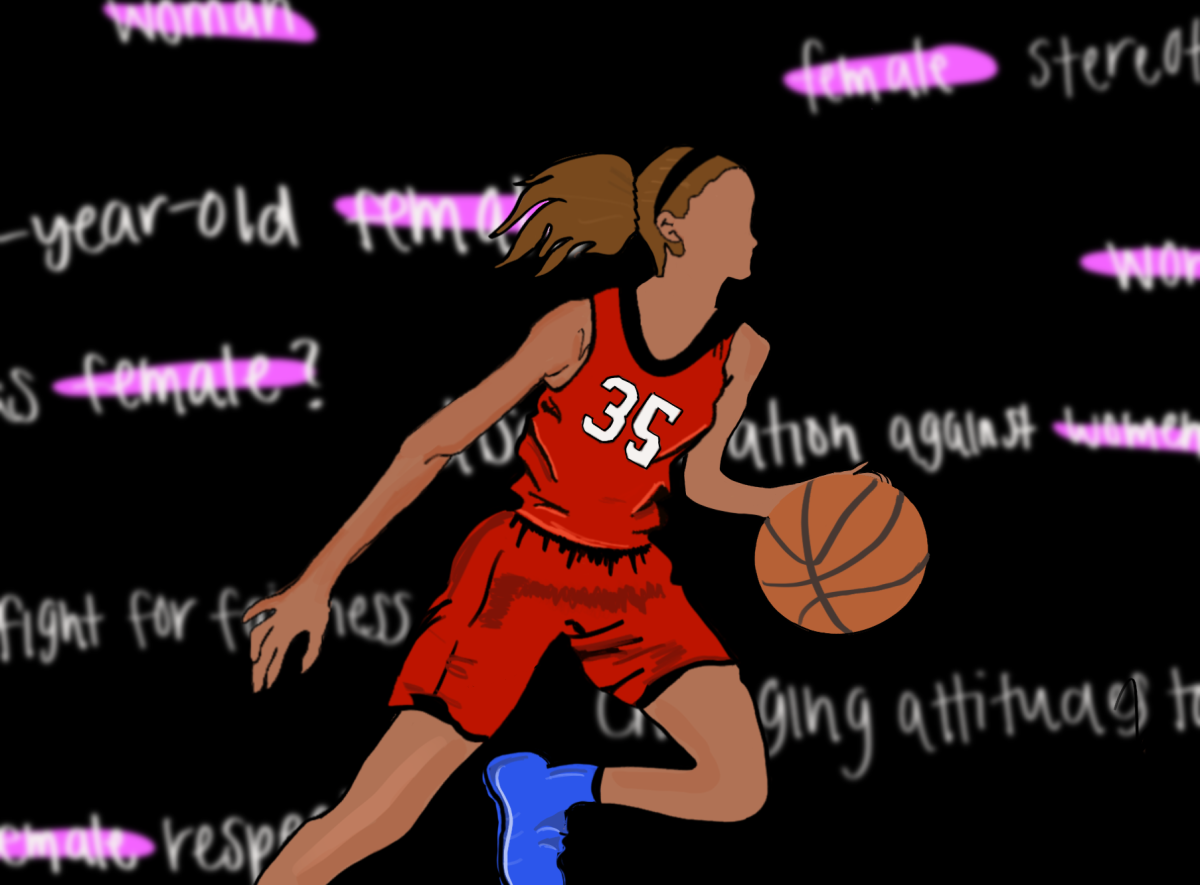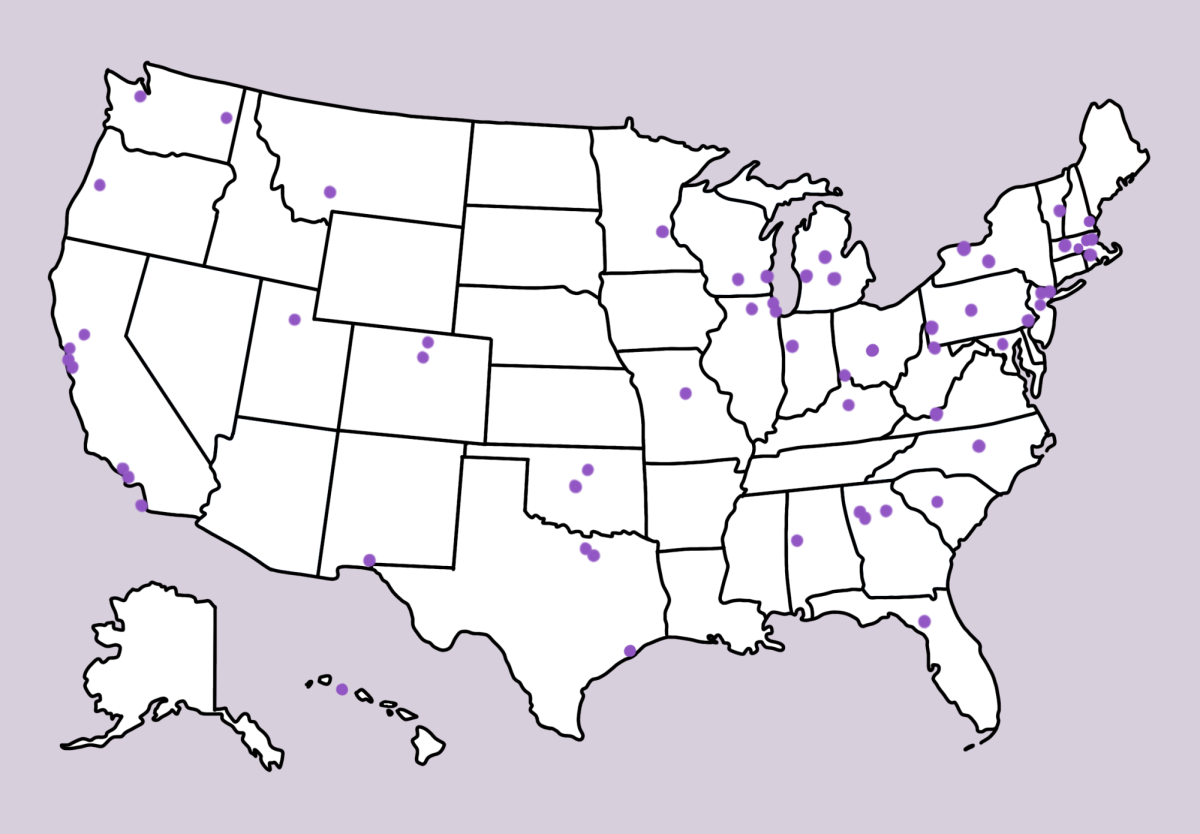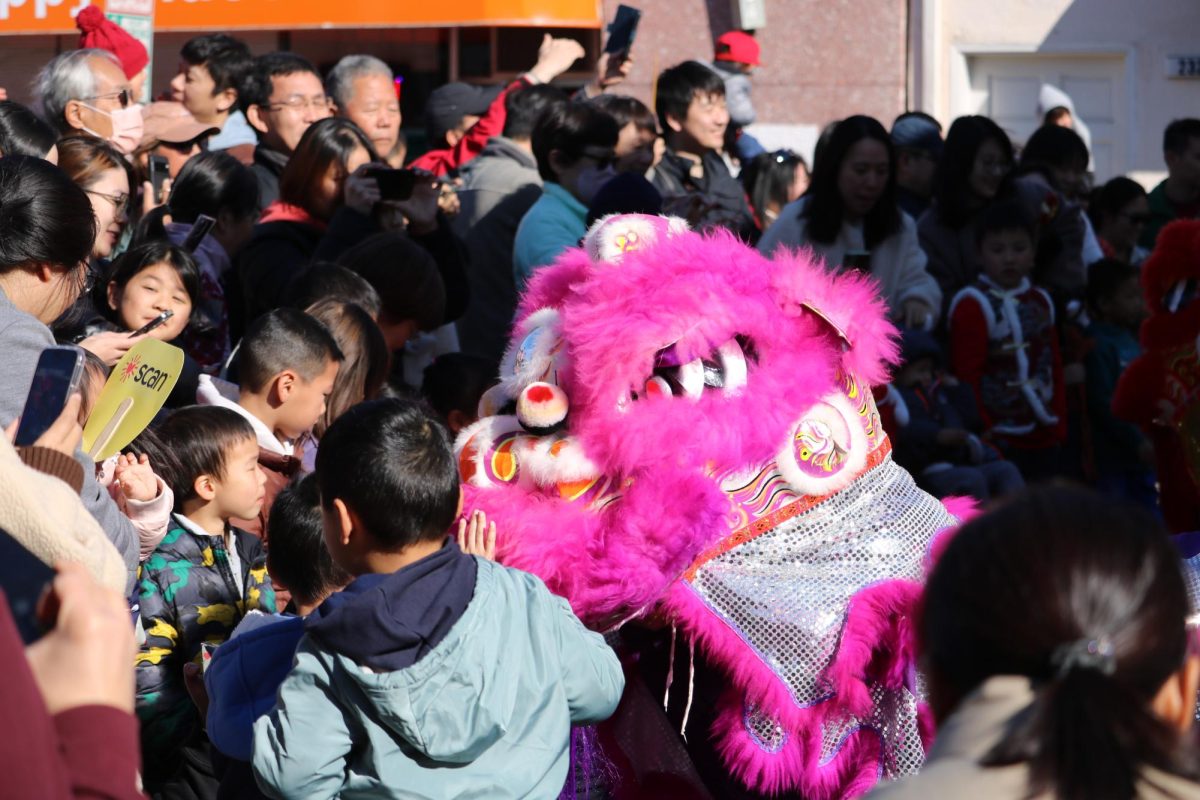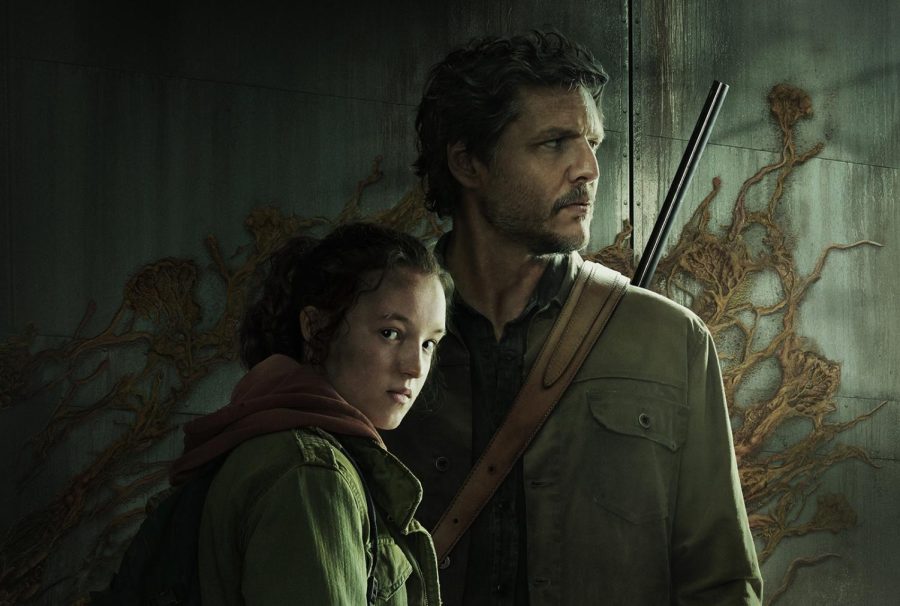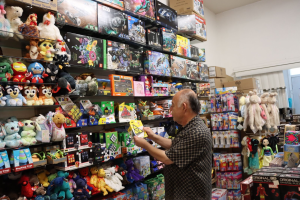“The Last of Us” isn’t your typical apocalypse show
The Last of Us first aired on Jan. 15 on HBO Max, and streamed its last episode on Mar. 12.
March 22, 2023
Warning: This review contains spoilers
“The Last of Us,” HBO’s hit drama based on the eponymous video game, features an apocalyptic world where society is taken over by zombie-like creatures. The show, which has received widespread acclaim from critics and amateur viewers alike, is propelled by a thrilling plot, diversity and moving relationships.
The show follows the story of Joel (Pedro Pascal), who agrees to take the somehow immune Ellie (Bella Ramsey) to a “Firefly” base for scientists to figure out why she cannot be infected by the creatures. The “Firefly” organizations strive to bring peace and democracy to the apocalyptic society.
Furthermore, from a technical aspect, these zombie-like creatures are more complex than regular “zombies”. Similar to “Stranger Things”, they are connected like a hive mind and come in various unsettling appearances.
Even though there are creatures roaming all around the country, the main threat in the show was the violent anti-government organizations, and a secret-harboring survival group that threatened the safety of Joel and Ellie multiple times. If this apocalypse broke out in our real world, I think it’s likely that human violence would be the main source of danger as well.
Along with some villains, the show introduced protagonist characters Tess (Anna Torv), Bill (Nick Offerman), Frank (Murray Bartlett), Henry (Lamar Johnson) and his little brother Sam (Keivonn Woodard). Originally, Tess is supposed to come along on the journey with Joel and Ellie, but she sacrifices herself in the second episode to allow the other characters to survive.
I felt that Tess’s abrupt death cut her character potential short. Although she does die around the same time in the video game, her character had many layers that we couldn’t see due to her being killed off so early. If I could make one change to the show, it would probably be to keep her character in for more than just two episodes.
The relationships between Bill and Frank, Sam and Henry, Ellie and Joel, and Ellie and Riley, however, add a heartwarming and emotional aspect to the show, offering some continuity amid an action-packed plot. A diverse cast, Sam being deaf and the romantic relationships between Ellie and Riley and Frank and Bill also demonstrated the show’s attention to diversity.
But as with Tess, most of these new characters were quickly killed off in the show, even in the same episode they were introduced. At first it brought a shock value to the show, but it soon became repetitive as you couldn’t get too attached to any character, and you could easily predict who was going to die.
Although it can sometimes be predictable, I thought “The Last of Us” was engaging, unique and definitely a great television adaptation of the game. The diverse stories and characters, incredible acting and thrilling plot is what caught the attention of many viewers, including me. With the show already renewed for a second season, it’s safe to say that the plot will continue to be anything but boring.


